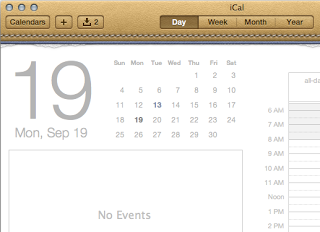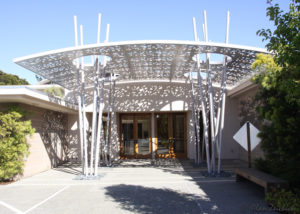 My 2012/5773 Rosh Hashanah speech at Peninsula Temple Sholom in Burlingame, Calif.
My 2012/5773 Rosh Hashanah speech at Peninsula Temple Sholom in Burlingame, Calif.
Hashkiveinu Adonai Elokeinu l’shalom, v’ha-amideynu malkeinu l’chayim, ufros aleinu sukkat sh’lomecha
Grant, Eternal One, that we may lie down in peace and rise up again, O God, to life renewed. Spread over us the shelter of your peace
The Hashkiveinu is one of our most beautiful and important prayers, and one of my favorites.
Ufros aleinu sukkat sh’lomecha
Sukkat Sh’lomecha means a shelter of Your peace, in this case, God’s peace. The phrase Sukkat Sholom means roughly the same thing – a shelter of peace.
Throughout the High Holy Days, we will hear from Rabbi Feder and Rabbi Stern about Sukkat Shalom as a new initiative here at Peninsula Temple Sholom.
A shelter of peace doesn’t simply appear out of nowhere. Prayers alone won’t build it. Love alone won’t put food on the table during our Family Dinners. Kindness alone won’t pay the electricity bill.
Someone has to build the Sukkat Shalom. Someone has to guard it. Protect it. Maintain it. Not just someone. It’s not for someone else to build our Shelter. It’s our job. All of us – our clergy, our Temple staff, our lay leaders and you. We must work together to build and protect our Sukkat Shalom.
Who are the people who build the Sukkat Shalom, the people who guard it and guarantee the shelter of peace? Let’s call them the Heroes of PTS.
Heroes are in my thoughts because my son Michael is my biggest hero. You have seen him playing in the Hava Nashira band and serving as an usher during High Holy Days. You know, the tall, skinny red-headed kid on guitar, or working in the parking lot.
He’s not here this year.
Michael is observing Rosh Hashanah at the Marine Corps Recruit Depot in Camp Pendleton. Right now he is nearly half-way through Boot Camp, on his way to a career as a United States Marine. I miss Michael very much. I am wearing Michael’s Tallit these High Holy Days, and that helps us feel his presence.
Ufros aleinu sukkat sh’lomecha
My son is not the only Hero of PTS. Look around you. We are surrounded by heroes, by people who built our shelter of peace and maintain it.
Of course, much of the work is done by our Rabbis and Cantor, to our senior staff and teachers, from the office team to the custodians. They’re getting the bulk of the work done 24×7.
Think about our beloved Rabbi Raiskin of Blessed Memory, who marched in Selma, Alabama, to support human rights. Rabbi Raiskin may not have thought of himself as a hero, but he was one to me, and to everyone whose life he touched.
In our Reform movement, Rabbis and Cantors don’t sit around studying Talmud and debating Hillel vs. Shammai. They work hard. Oy, do they work hard!
Rabbi Dan Feder and Rabbi Rebekah Stern work seven days a week. They prepare classes. They write sermons. They lead services. They visit the sick. They serve on committees. They provide one-on-one counseling. They perform conversions.
Our Rabbis work in the community. They go to Shiva Minyans. They study. They teach. They listen. They learn. Our Rabbis are always available to you. And they do all this while also being good husbands and wives, strong parents to wonderful children.
Only a selfless hero would choose the life of a congregational rabbi. We love and honor them for their hard work, and for their devotion to spreading a Sukkat Shalom over the North Peninsula.
The same is true of the beloved Cantor Barry Reich. His truck is here every day – and so is his spirit. The ruach, the love, that our cantor has for this congregation and our children overflows.
Our newest hero is our brand-new Executive Director, Sandy Silverstein. He hasn’t even been here three months, and what a difference he has made. Sandy, let me once again welcome you and Meryl to our congregation.
I could go on and on about the amazing Allison Steckley, who directs our preschool, and the tireless Eran Vaisben, who has reinvented our religious school. The office staff, the preschool and religious school teachers, custodians and so many more.
But let me talk about you. You are the real heroes. Our founders. Our past presidents. The members of our Board of Trustees, past and present. The committee chairs. The committee members. The Brotherhood men who set up our golf tournaments and fry latkes. The Sholom Women who staff the gift shop every Sunday and fund scholarships. The many volunteers.
Everyone who comes to services, who brings kids to school, who drops off food for the food bank, sustains our shelter of peace.
Ufros aleinu sukkat sh’lomecha
One of the joys of being president of PTS is getting to talk to many of you one-on-one. Doesn’t matter if you’re a founder of PTS or a new member worshipping with us for the first time today, I want to get to know you.
You want to know my two newest heroes? I won’t name names – but you know who you are:
The man whose work schedule changed and give him more free time. His first thought was to volunteer at the Temple. He contacted Brian Hafter, our immediate past president, and Brian brought him to me. This congregant will help launch a new legacy program to endow our Sukkat Shalom for future generations. You’ll learn more about this in the Fall.
Another is a woman whose love for the congregation inspired her to join our Religious School committee. We met for coffee last week. This member is filled with ideas to engage school-age families with our Temple. She has incredible energy and is jumping in with both feet.
If you have ideas or thoughts about our Temple, talk to me or Sandy or the Rabbis. If you want to have coffee or chat on the phone, let’s make it happen. If you want to volunteer to help build and sustain our Sukkat Shalom, thank you, and bless you.
Ufros aleinu sukkat sh’lomecha
We need your support to build, protect and maintain our Shelter of Peace. This Rosh Hashanah, I am asking you to be a PTS hero in four ways.
First: Say Thank You to our clergy, staff, teachers and lay volunteers. Their work is often unnoticed and thankless. A friendly smile, a warm hug or handshake, and a hearty “well done!” will put new spring into their steps.
Second: Be an ambassador for our congregation. Bring your friends to Shabbat services and to our programs. Help us spread the canopy of peace far and wide through our community.
Third: Participate in our new Sukkat Shalom initiatives. Here are just a few that I’ll mention:
We have two Scholar in Residence Weekends scheduled. There’s Rabbi Lawrence Kushner in November. And then Rabbi Eric Weiss and the clergy of the Bay Area Jewish Healing Center in March. Also, three support groups will be held during the year: a bereavement support group, a care givers support workshop, and a mental health support group.
More programs will be announced soon. Please participate in those that fit your interests.
Fourth: Support the Temple with your generosity. All of us support the Temple with dues, but that doesn’t cover all the costs of operating PTS. To bridge the gap, we rely upon our annual High Holy Day Appeal.
We can handle every challenge if we come together as a community, relying on each other, sharing our strengths, resources and blessings. Your generosity allows our Sukkat Shalom to remain strong and vibrant.
Ufros aleinu sukkat sh’lomecha
Spread over us the shelter of your peace
Thank YOU for being a Hero of PTS and for building our Sukkat Shalom, our sacred shelter of Peace. May the New Year be good and sweet to you, your family, and to our entire PTS community. Shana Tova.
 This essay was first published on the Reform Judaism blog on July 6, 2015.
This essay was first published on the Reform Judaism blog on July 6, 2015.
 This essay was first published on the
This essay was first published on the  Drones are everywhere. Literally. My friend Steve, a wedding photographer, always includes drone shots. Drones are used by the military, of course, as well as spy agencies. They are used by public service agencies, like fire departments. By real estate photographers who want something better than Google Earth. By farmers checking on their fences. By security companies to augment foot patrols. And by Hollywood filmmakers, who
Drones are everywhere. Literally. My friend Steve, a wedding photographer, always includes drone shots. Drones are used by the military, of course, as well as spy agencies. They are used by public service agencies, like fire departments. By real estate photographers who want something better than Google Earth. By farmers checking on their fences. By security companies to augment foot patrols. And by Hollywood filmmakers, who  SEYTON
SEYTON We drove slightly more than 2,500 miles (4,000 kilometers), my wife and I, during a weeklong holiday. We explored different states in the western United States: Arizona (where we live), Colorado, New Mexico and Wyoming. The Rocky Mountains are incredible. Most of our vacation was at altitudes above 6,000 feet (1,800 meters). Many of the mountain peaks were above 14,000 feet (4,200 meters), and one road went above 11,000 feet (3,300 meters). Exciting!
We drove slightly more than 2,500 miles (4,000 kilometers), my wife and I, during a weeklong holiday. We explored different states in the western United States: Arizona (where we live), Colorado, New Mexico and Wyoming. The Rocky Mountains are incredible. Most of our vacation was at altitudes above 6,000 feet (1,800 meters). Many of the mountain peaks were above 14,000 feet (4,200 meters), and one road went above 11,000 feet (3,300 meters). Exciting!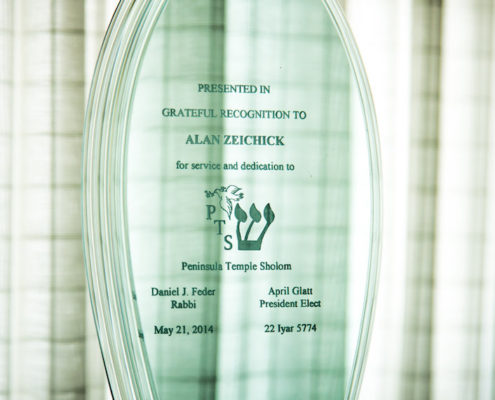 This is one of a series of articles I wrote for the monthly Bulletin of
This is one of a series of articles I wrote for the monthly Bulletin of  This is one of a series of articles I wrote for the monthly Bulletin of
This is one of a series of articles I wrote for the monthly Bulletin of 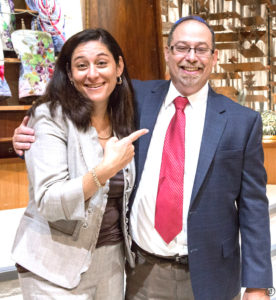 This is one of a series of articles I wrote for the monthly Bulletin of
This is one of a series of articles I wrote for the monthly Bulletin of 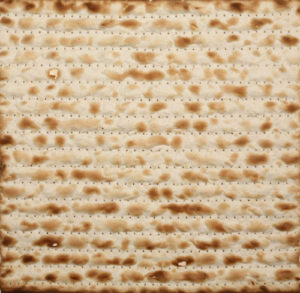 This is one of a series of articles I wrote for the monthly Bulletin of
This is one of a series of articles I wrote for the monthly Bulletin of  “I tried working for some tech companies like Microsoft, Tektronix, IBM, and Intel. What a fiasco. I can’t count how many young men with way less experience and skills than me snagged the good fun hands-on tech jobs, while I got stuck doing some kind of crap customer service job. I still remember this guy who got hired as a desktop technician. He was in his 30s, but in bad health, always red and sweaty and breathing hard. It took him forever to do the simplest task, like connecting a monitor or printer. He didn’t know much and was usually wrong, but he kept his job. I busted my butt to show I was serious and already had a good skill set, and would work my tail off to excel, and they couldn’t see past that I wasn’t male. So I got the message, mentally told them to eff off and stuck with freelancing.”
“I tried working for some tech companies like Microsoft, Tektronix, IBM, and Intel. What a fiasco. I can’t count how many young men with way less experience and skills than me snagged the good fun hands-on tech jobs, while I got stuck doing some kind of crap customer service job. I still remember this guy who got hired as a desktop technician. He was in his 30s, but in bad health, always red and sweaty and breathing hard. It took him forever to do the simplest task, like connecting a monitor or printer. He didn’t know much and was usually wrong, but he kept his job. I busted my butt to show I was serious and already had a good skill set, and would work my tail off to excel, and they couldn’t see past that I wasn’t male. So I got the message, mentally told them to eff off and stuck with freelancing.”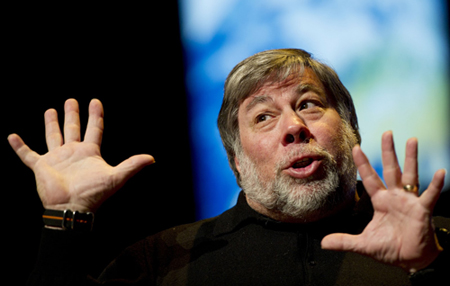 I’ve had the opportunity to meet and listen to Steve Wozniak several times over the years. He’s always funny and engaging, and his scriptless riffs get better all the time. With this one, he had me rolling in the aisle.
I’ve had the opportunity to meet and listen to Steve Wozniak several times over the years. He’s always funny and engaging, and his scriptless riffs get better all the time. With this one, he had me rolling in the aisle. Here’s today’s mis-directed sales pitch. It was good for a laugh, if nothing else.
Here’s today’s mis-directed sales pitch. It was good for a laugh, if nothing else.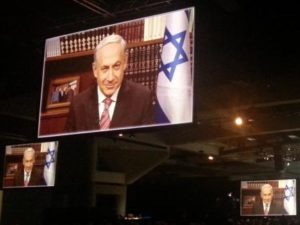 This is one of a series of articles I wrote for the monthly Bulletin of
This is one of a series of articles I wrote for the monthly Bulletin of 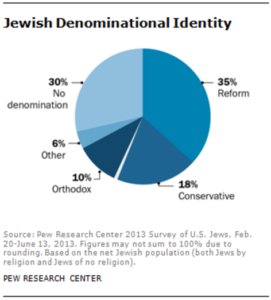 This is one of a series of articles I wrote for the monthly Bulletin of
This is one of a series of articles I wrote for the monthly Bulletin of  This is one of a series of articles I wrote for the monthly Bulletin of
This is one of a series of articles I wrote for the monthly Bulletin of 

 This is one of a series of articles I wrote for the monthly Bulletin of
This is one of a series of articles I wrote for the monthly Bulletin of 
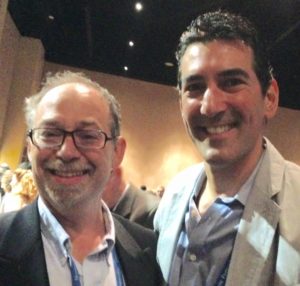 This is one of a series of articles I wrote for the monthly Bulletin of
This is one of a series of articles I wrote for the monthly Bulletin of  This is one of a series of articles I wrote for the monthly Bulletin of
This is one of a series of articles I wrote for the monthly Bulletin of  This is one of a series of articles I wrote for the monthly Bulletin of
This is one of a series of articles I wrote for the monthly Bulletin of 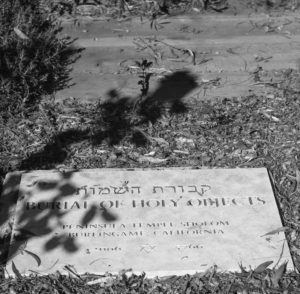 This is one of a series of articles I wrote for the monthly Bulletin of
This is one of a series of articles I wrote for the monthly Bulletin of  Have you learned any interesting stuff about the Temple?
Have you learned any interesting stuff about the Temple?